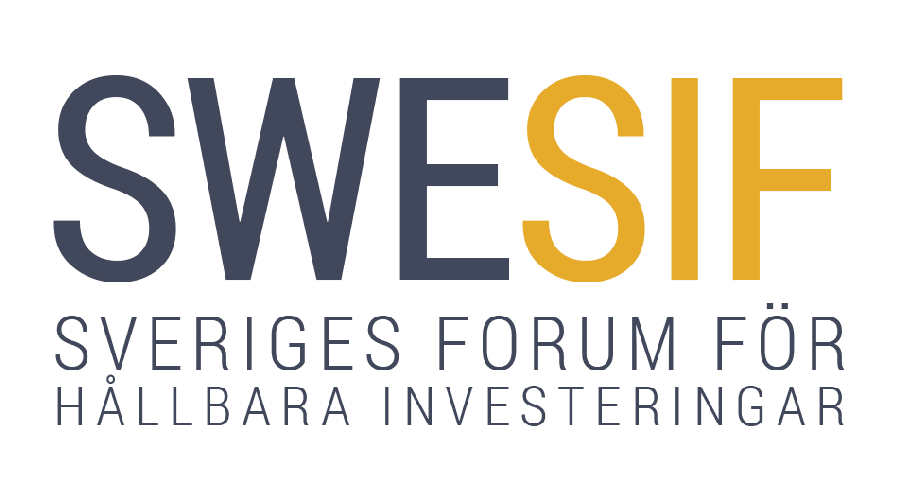Swesif’s Regulatory theme series began with a webinar focused on fund management companies.
The increasing regulation of the concept of sustainable investment in recent years has hardly escaped anyone’s notice. The fund industry has been living with the first part of the EU SFRD for a little over a year, the concepts of Article 8 and 9, Principal Adverse Impact and Do No Significant Harm have begun to sink in and the Swedish FSA (Finansinspektionen) has begun to supervise Article 9 funds. However, the meaning of “sustainable investment” is far from standardised and there is an obvious risk of arbitrariness, misinterpretation and confusion, for reasons including the following:
- The EU taxonomy is rigid but leaves much room for interpretation
- The EU requires quantitative backing for the concept but reliable data is lacking
- EU for political agenda – managers balance returns against sustainability-related risks and controversial sectors
- How to translate the EU definition of sustainable investment to clients? Can the new Sustainability Profile play a role?
To shed light on the complex situation, Swesif invited Johanna Fager Wettergren, Head of Sustainability at the Swedish Financial Supervisory Authority, and Anna Larris, Senior Legal Officer at the Swedish Investment Fund Association. They talked about their own organisation’s priorities, how far they have come in different areas, what challenges they see and more. Anette Carmelius, Member of the Board of Swesif and project manager for Swesif Hållbarhetsprofilen (Swesif’s Sustainability Declaration for Funds), complemented the presentation by talking about the upgrading of the profile to a customer-friendly tool adapted to the new regulation. Björn Wendleby, Harvest Advokatbyrå, moderated the discussion.
Part two of the seminar series will be based on the regulatory situation for insurance companies and insurance brokers.

